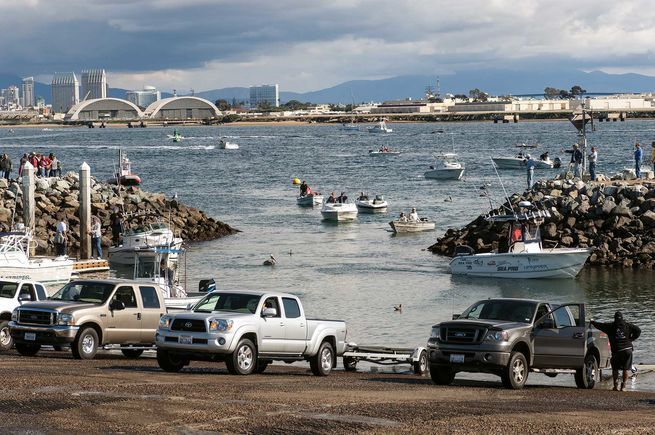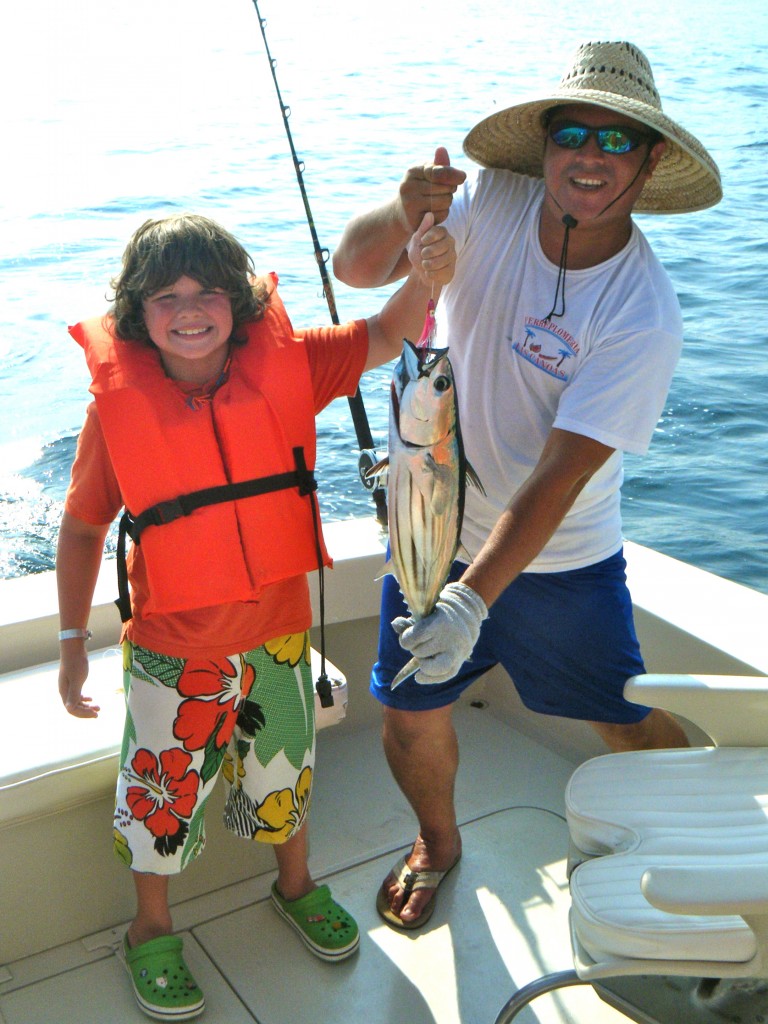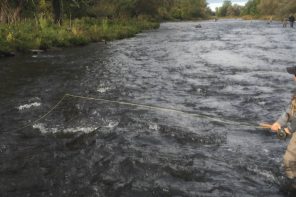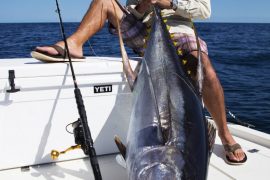
Tucked away in driveways, backyards, garages and self-storage lots are approximately 11 million trailer boats, based on my extrapolations of the most recent statistics from the National Marine Manufacturers Association (see sidebar). That helps explain why launch ramps become congested as this vast fleet funnels to and from the water via these portals to adventure.
Play Video
Play
Loaded: 0%
Progress: 0%
Remaining Time -0:00
This is a modal window.
Foreground — White Black Red Green Blue Yellow Magenta Cyan — Opaque Semi-Opaque
Background — White Black Red Green Blue Yellow Magenta Cyan — Opaque Semi-Transparent Transparent
Window — White Black Red Green Blue Yellow Magenta Cyan — Opaque Semi-Transparent Transparent
Font Size 50% 75% 100% 125% 150% 175% 200% 300% 400%
Text Edge Style None Raised Depressed Uniform Dropshadow
Font Family Default Monospace Serif Proportional Serif Monospace Sans-Serif Proportional Sans-Serif Casual Script Small Caps
Defaults Done
Even without crowds, however, coastal launch ramps pose challenges wrought by factors such as tidal fluctuations, strong currents, slippery pavement and, in some cases, surge or wave action. Veteran trailer-boating anglers have learned to handily meet such challenges, particularly at ramps that they visit on a regular basis.
Yet even longtime trailer boaters can make mistakes when using ramp facilities that are unfamiliar to them.
Launch ramps vary in hours of operation, cost, rules of usage, road access, traffic flow, ramp angle, courtesy docks, parking, navigation to open water, and how far the paved portion of the ramp (known as the apron) extends into the water.
So, whether you’re a veteran venturing to a new ramp or you’re new to trailer boating, it pays to review the basics of launching and loading your boat, including some details that you might not have considered but which can make launching easier, quicker, safer and possibly less embarrassing.
1. Web Scouting
If you’re planning to use an unfamiliar launch ramp, conduct some internet scouting ahead of time. This takes on additional importance when the site is a considerable distance from your home, making it impractical to eyeball the area beforehand.
Online you can check out the website for the facility (often a city or county site), visit local boating and fishing forums, research any issues you might encounter (such as shoals or shallow obstructions), and view satellite imagery. Online resources such as Google Maps can help get you there, and nautical charts, such as those found on the Navionics Webapp, can show the way out by water.
2. Hours and Costs
Internet scouting saved me some major frustration and time last year. I had planned to trailer my boat to an unfamiliar ramp about two hours away and launch around 3 a.m. to head out for an offshore fishing trip. However, a check of the official website revealed that the facility did not open until 6 a.m. Miscue averted.
Online we found another ramp close by that was open 24 hours. A number of states and counties offer sites and apps that help…





